When you think of Colombia, the one thing that may stand out is the country’s infamous drug cartels and the violence that follows. Truthfully, the country has come a long way in recent years, but does that mean the capital, Bogotá, is safe for tourists?
Colombia has some of the best places to live, with over 6 million tourists annually catching a glimpse of its vibrant charm. There’s no doubt that the capital, Bogotá, is one of these hotspots. Bogotá is far more than a safety status — it’s a colorful metropolis painted with soulful culture, deep history, divine dishes, and surrounding natural wonders.
If you’d like to peek into the world of Bogotá, your well-being is an undebatable priority during your stay. From the Borrachero spiking to hazardous taxis, this is the A to Z on safety for your trip.
Table of Contents
ToggleWhy Visit Bogotá?
Bogotá’s allure lies in its rich culture and history. La Candelaria district’s cobbled streets and colorful facades transport visitors to colonial times. Bolívar Square and nearby landmarks are testaments to Colombia’s fight for independence. The Gold Museum showcases pre-Columbian artifacts, providing insight into the country’s ancient cultures.
Bogotá is a foodie’s haven where you can savor iconic dishes like Bandeja Paisa, a hearty rice platter, or Ajiaco, a flavorful chicken and potato soup. The city’s coffee culture is also a highlight, with specialty cafes immersing you in Colombia’s world-renowned coffee production.
The nearby Chingaza National Natural Park is a sanctuary of páramo landscapes, forests, and numerous lakes. You can also escape to the Monserrate summit by cable car or splash in the Tequendama Falls. With all of its wonders, Bogotá promises every visitor an enriching and unforgettable experience.
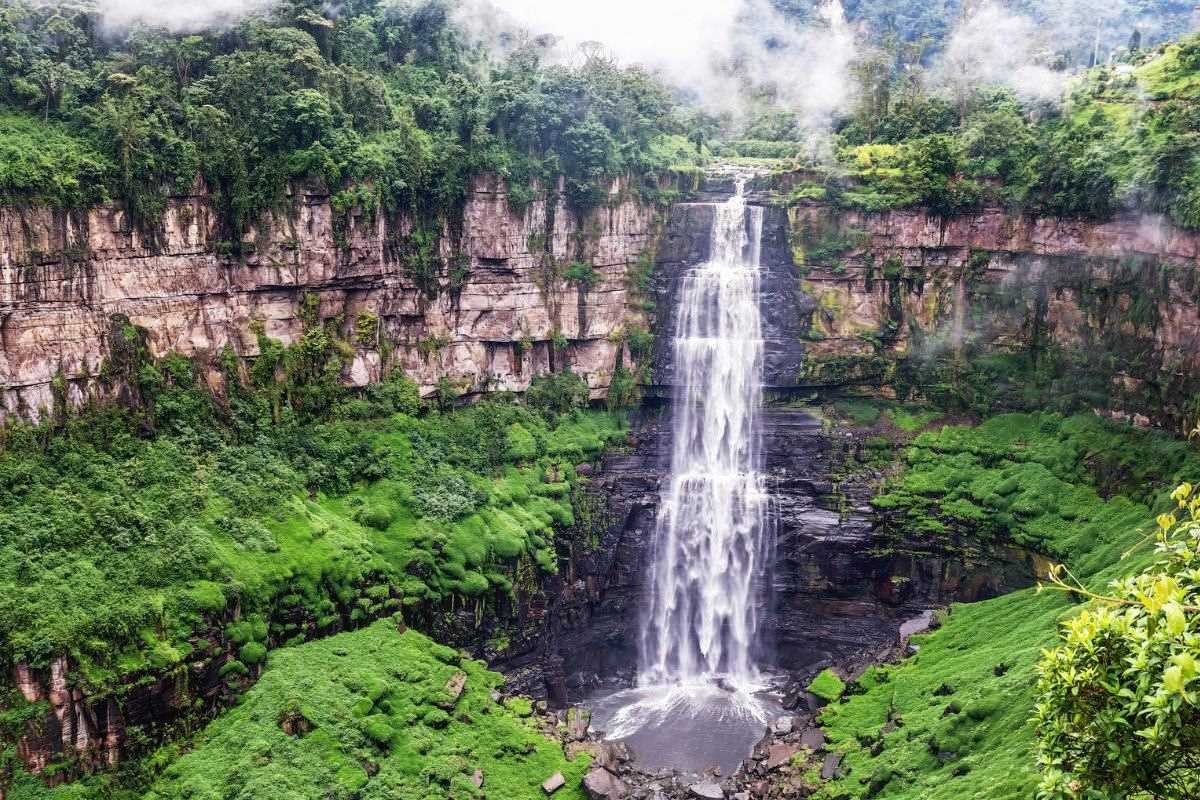
Is Bogotá Dangerous?
Bogotá has unfortunately earned a reputation for being an unsafe city due to high crime rates, including incidents of robbery, theft, and assault. However, in recent years, the local government has taken measures to improve safety, such as increasing the number of police officers on patrol and investing in a reliable transportation infrastructure.
These efforts have made the city more accessible to tourists, allowing you to explore the vibrant nightlife and rich culture of Bogotá with a greater sense of security.
Despite these improvements, it’s important to note that some areas in Bogotá are still considered dangerous – particularly at night. Visitors who are not careful can quickly get themselves in trouble, so it’s crucial to be vigilant and exercise safety measures such as not walking around at night.
By being aware of your surroundings and taking the necessary precautions, you can enjoy a safe and memorable time in Bogotá.
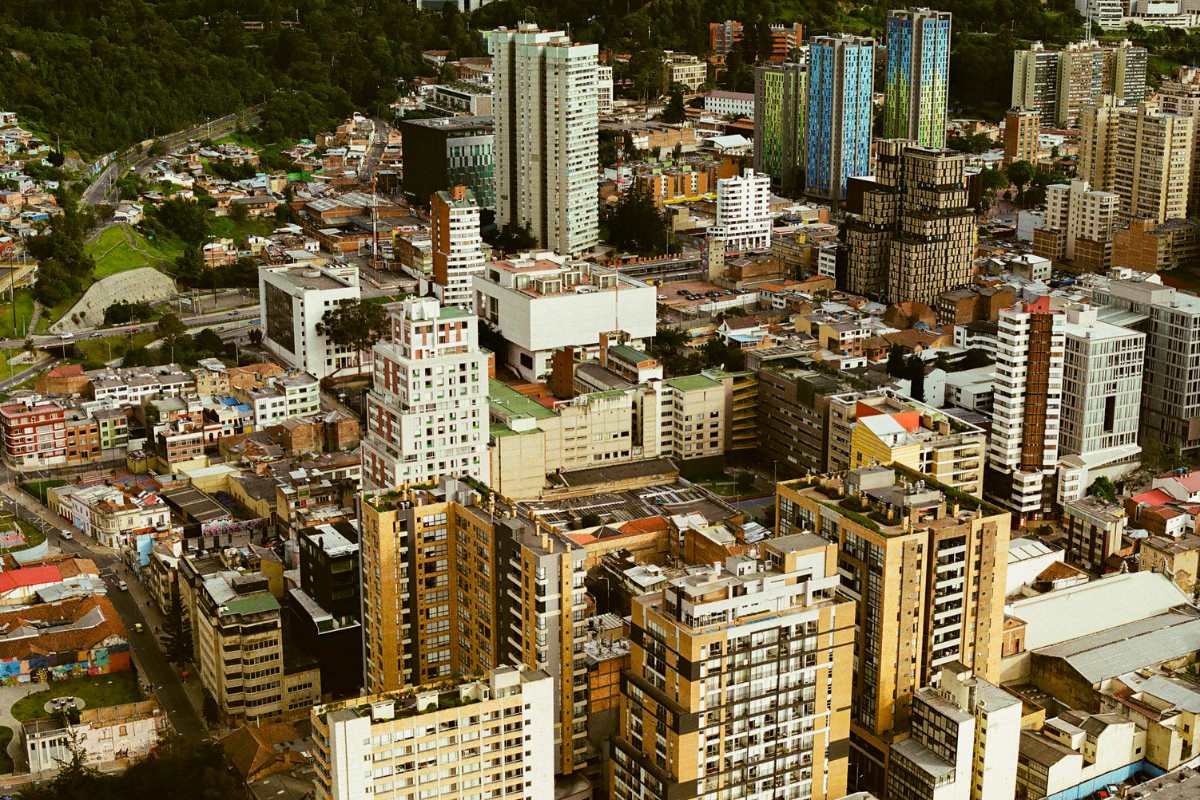

Dangerous Areas in Bogotá
San Cristóbal
San Cristóbal is a locality in Bogotá predominantly plagued by poverty. Unfortunately, this subjects the area to a high crime rate, so it’s best to avoid it altogether. However, there are a couple of reasons why tourists might want to visit.
San Cristóbal is known for its diverse community and cultural attractions. This includes traditional events like the Saint Cristóbal Festival, local markets, unique colonial-era architecture, and the slopes of Cerro de Monserrate. If you do decide that this locality is somewhere you’d like to go, you need to travel with a trusted local guide during daylight hours.
South of La Candelaria
La Candelaria is where some tourists venture as it is one of the most iconic and historic neighborhoods. Here, you’ll find cobblestone streets with gorgeous Baroque and Art Deco architecture, street art, and numerous museums. It’s safe enough during the day, but as night falls, dangerous criminals lurk and you’re more susceptible to being mugged or worse. You should never walk around or go out in La Candelaria at night.
Anything south of this neighborhood is not worth traveling to, as it’s the most crime-ridden part of Bogotá. To add to the list, Ciudad Bolívar, Calle 9 Street, and the southern part of Barrio Egipto are known for muggings. Visiting these areas could put you in danger.
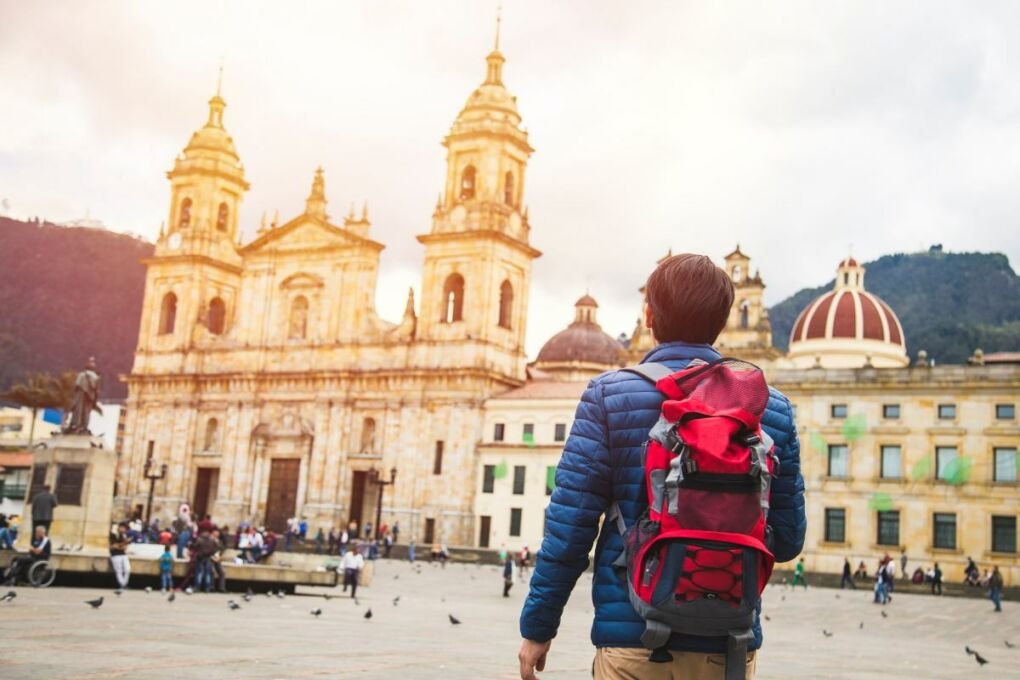

Is it Safe to Live in Bogotá?
A quick search into Bogotá’s crime rates will make you aware that the city is dangerous and not just for passers-by. The capital’s crime index sits at a high level of 66.56. This means that locals face many issues, including theft, street assaults, vehicle theft, home robberies, gang activity, and murder.
Although violent felonies are high, the problem is mainly localized to impoverished neighborhoods. If these harsher instances extend to higher-income areas, it usually has to do with drug trafficking. Opportunistic theft, such as pickpocketing and scams, are more common in the safer areas.
Safe Areas in Bogotá
Chapinero
Chapinero is a central area of Bogotá and is widely regarded as the trendiest and safest part of the city. It is a harmonious blend of residential and commercial zones. The neighborhood is known for its inclusivity and openness, particularly to the LGBTQIA+ community.
Chapinero is famous for its cultural diversity. The area offers various dining options ranging from gourmet food spots in Zona G to the lively nightlife, shopping, and entertainment of the Zona T.
Staying in Chapinero is a gateway to the neighborhood’s dynamic arts scene, including galleries, cultural centers, and theaters. Additionally, It is conveniently located close to some tourist attractions in Bogotá like Plaza de Lourdes and the Basilica Menor Nuestra Señora.


Zona Rosa
Zona Rosa’s safety has improved significantly in recent years due to the increased security measures and police presence within the district. Even though the area is generally safe during the day, you still need to be extra cautious at night.
The district has numerous bars, clubs, and restaurants, which makes it a nightlife haven. It also offers a variety of daytime attractions. Deluxe shopping centers like Andino and El Retiro are perfect for a shopping spree. The Teatro Nacional La Castellana, where you can catch live performances and cultural events. Zona Rosa’s central location makes it convenient to explore other nearby attractions.
Teusaquillo
Teusaquillo is a charming residential neighborhood with cultural richness and green spaces. Safety in Teusaquillo is reasonably better than in other areas. However, you still need to be cautious and practice the same safety measures you would anywhere in Bogotá.
The neighborhood offers a more relaxed atmosphere compared to the bustling urban areas in Bogotá. It is home to the iconic Simon Bolivar Park, with expansive lush vegetation and walking trails. You can also settle down at one of the many cozy cafes and local eateries. The neighborhood’s safety and attractions make it ideal for a laid-back yet authentic Bogotá experience.
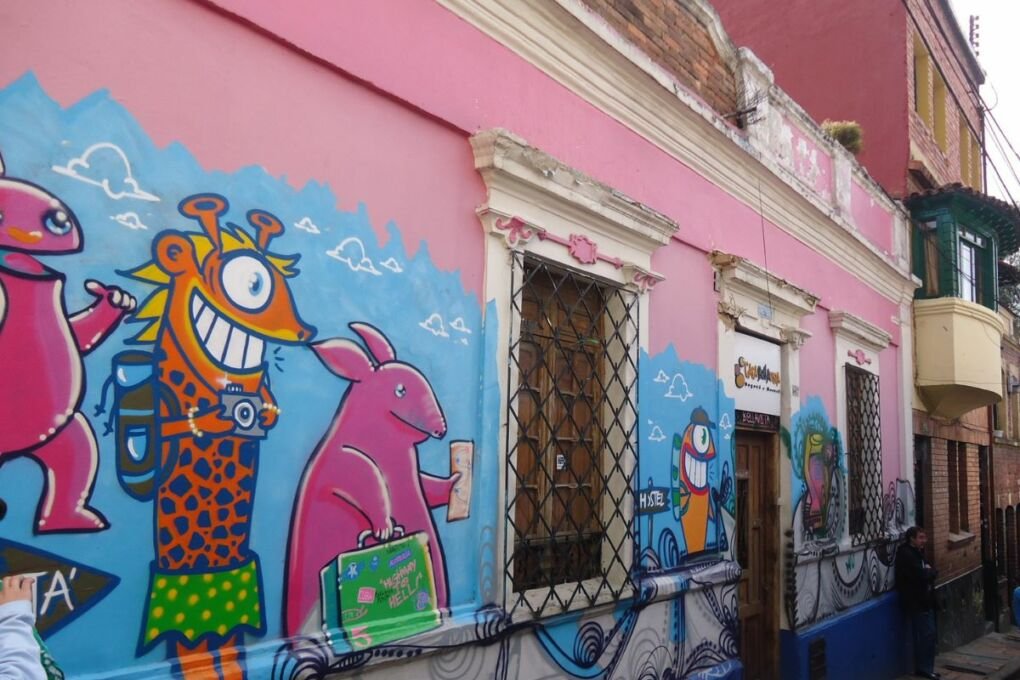

Warnings & Dangers in Bogotá
If you practice the essential safety measures, Bogotá isn’t as eerily hazardous as it sounds. Firstly, you should keep to the safer areas of the city to avoid potential run-ins with dangerous characters. Petty theft is the primary (and avoidable) danger, and you should always keep your valuables hidden and away from being grabbed. This includes while walking and in restaurants (for example, don’t leave your phone on the table)
Walking around in the daytime is reasonably safe in well-traveled areas, but certain secure modes of transport are your best bet — more on this in a sec. The same cannot be said after dark; you should never risk being on the streets after the sun goes down.
Overall Travel Risk (6.5/10)
Although crime is rife, the tourist areas have a better police presence and lower crime rates, which makes travel in Bogotá less hazardous than its statistics suggest. That being said, there are still risks. These can be summarized into street crime, transport dangers, drink spiking, and, on the natural side of things, altitude sickness.
A word of warning must be said about the nightlife in Bogotá. You need to decide if it’s worth it because it is the highest chance of tourist danger. You should be okay in a group and in the safer areas of Chapinaro and Zona Rosa. Always have transport ready when you leave an establishment.
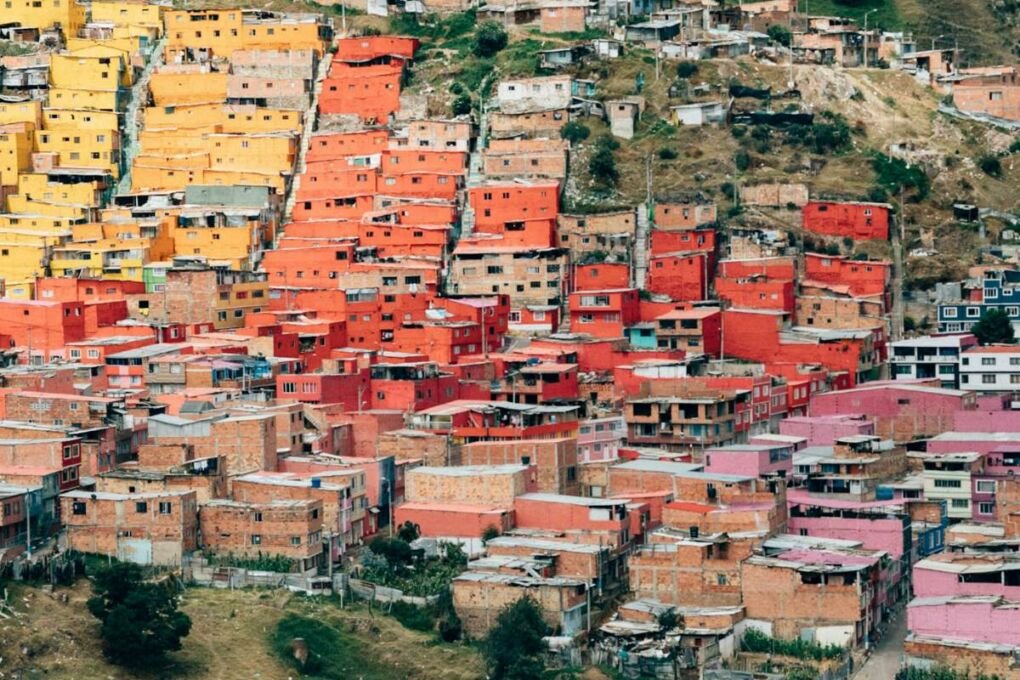

Street Crime
Ah, pickpockets — the top tourist worry in almost every big city worldwide. To prevent this in Bogotá specifically, you should never use your pockets unless they zip shut because Colombian thieves are pros. As for cash, you should split it up to avoid the all-eggs-in-one-basket drama. A moon bag or anti-theft travel bag should also do the trick.
The more terrifying ordeal of armed muggings, if all precautions have sadly failed, is best dealt with by surrendering. Give up your belongings without question because there’s no price tag on your life and safety.
Transport
Renting a car in Bogotá is not the best option as most of the city’s roads are crazy. Instead, you can use taxis, which are reasonably priced and safer. Only use legitimate taxis and avoid hailing one off the street, as it does risk a scam.
The top choice is to use ride-hailing apps like Cabify or Uber for a cheaper and more convenient alternative. You can also ask your hotel or accommodation to arrange transport for you.
Another option is the TransMilenio. It is an affordable, effective bus system, sometimes costing less than $1. But you should note that it is tricky to figure out the routes, and you need to be extra wary of pickpockets.
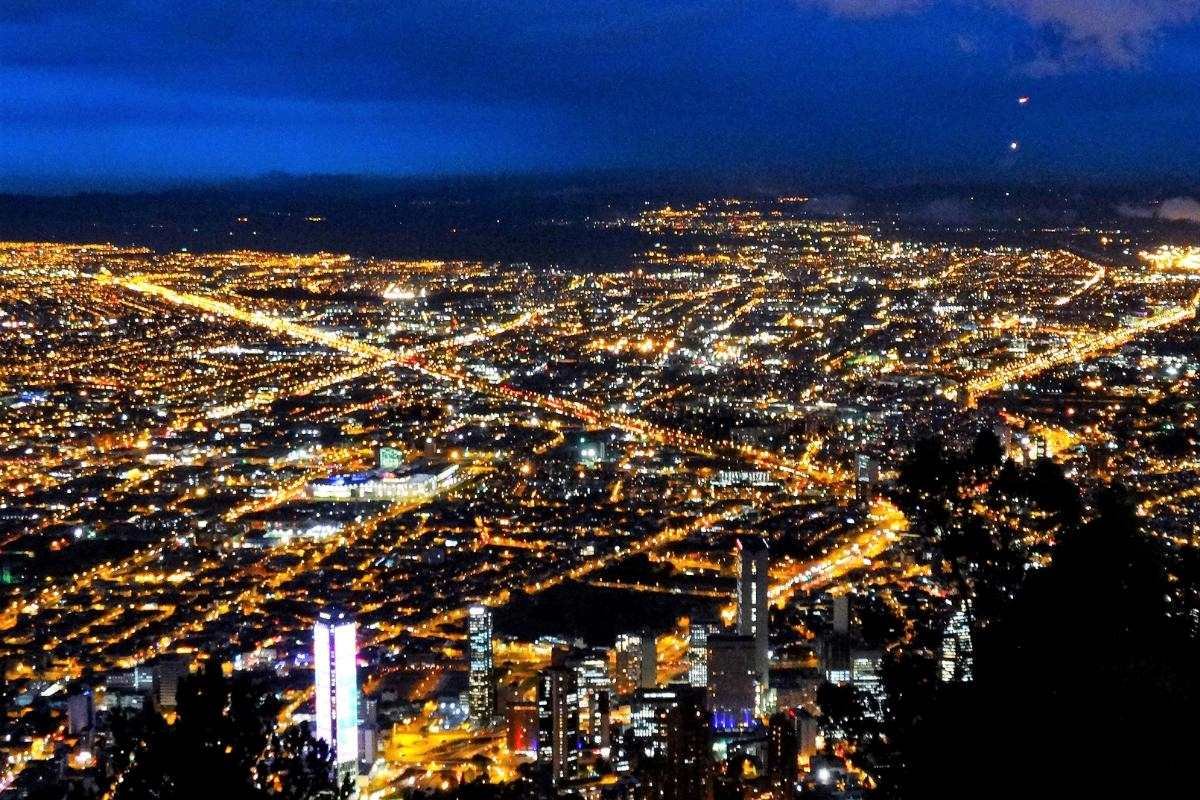

Spiked Drinks
Drink spiking is a common problem in Bogotá, and tourists are often a target. After spiking you, the perpetrator robs you, or it leads to worse things like sexual assault. Borrachero is usually the drug they use, which puts you in a zombie-like state. It is tasteless, odorless, and can be swiftly mixed into drinks, food, and cigarettes.
You should never leave your drink unattended and avoid accepting drinks or cigarettes from strangers. If you feel like you’re becoming drowsy, tell your friends or the staff so you can get to a place of safety. If your symptoms are severe, you need to go to a hospital.
Altitude Sickness
Bogotá is located in the Andean mountain range and is considered one of the highest-altitude cities in the world — reaching 8,600 feet (2600 meters) above sea level. Due to the high elevation, you may experience altitude sickness, which can cause headaches, fatigue, nausea, and shortness of breath.
To prevent altitude sickness, you need to drink plenty of water. You should steer clear of alcohol and caffeine for the first day or two if you start experiencing symptoms. You also need to give yourself a few days to adjust to the altitude before hiking or running to avoid over-exerting yourself.
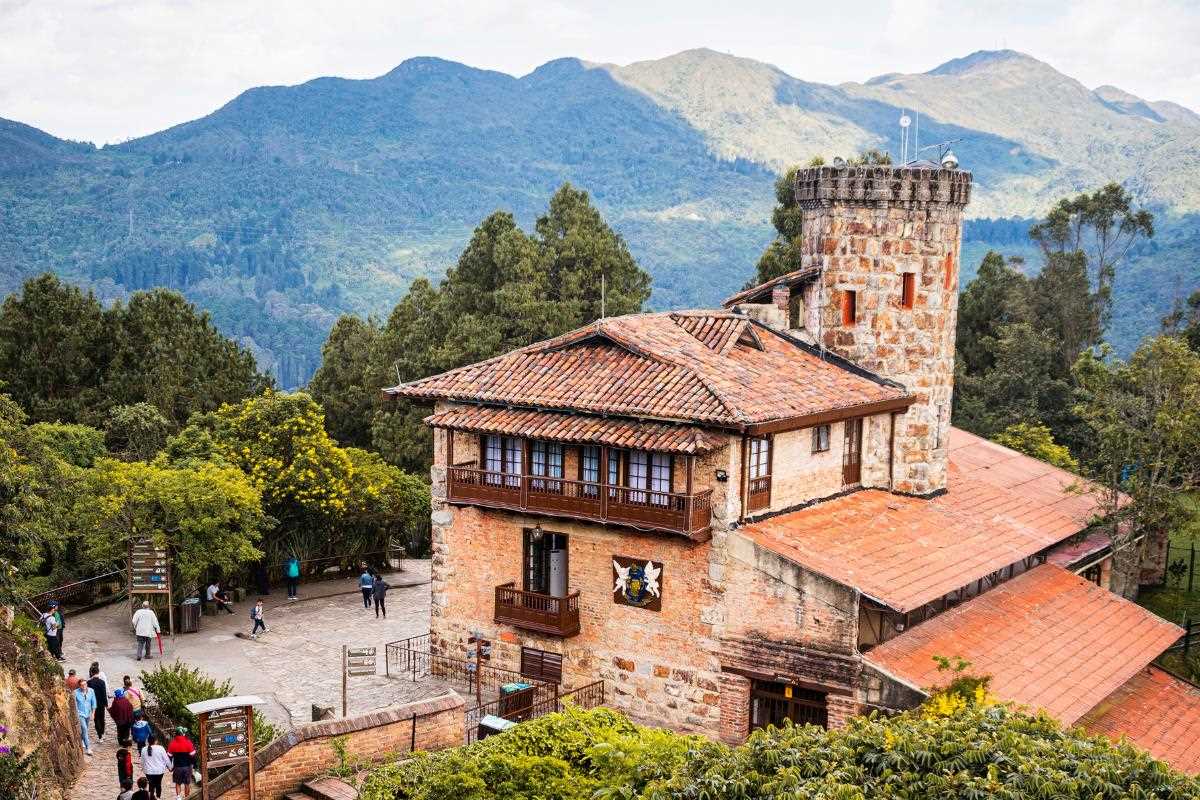

Tips for Staying Safe in Bogotá
There are a few more things to know to keep your well-being in check during your stay. These top tips will keep you safe:
- Use trustworthy ATMs in daylight: ATMs are mugging hotspots, so you’ll want to use one indoors at a bank or a mall. .
- Plan your adventures: You need to know what routes you’re taking to avoid getting or looking lost, as this puts you at a higher risk of getting harassed or mugged.
- Keep tabs on the political climate: Demonstrations are common, and you’ll want to avoid them.
- Avoid drugs at all costs: It seems like something that goes without saying, but it will subject you to serious danger if you do involve yourself with the Colombian drug scene.
- Never hail a taxi: In some taxis, tourists get held at knifepoint and are forced to withdraw cash at ATMs.
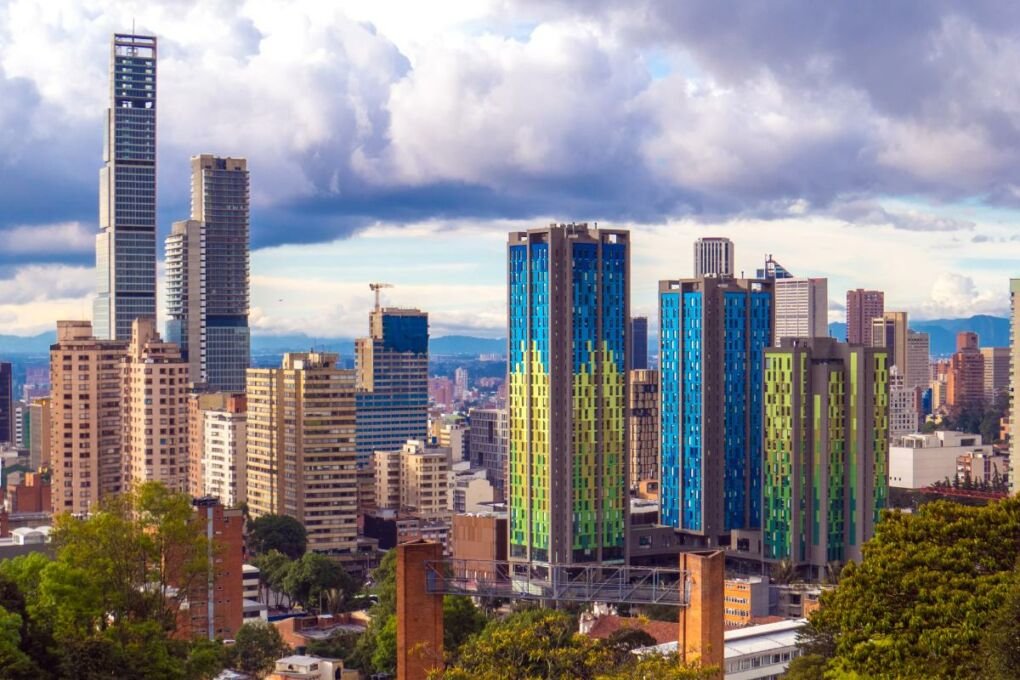

Is Bogotá Safe? | Frequently Asked Questions
Is Bogotá Safe For Solo Travelers?
Bogotá is a city that is generally safe for solo travelers, but you’ll need to be extra cautious. Always read reviews to ensure you choose secure accommodation and transport services. You should never go out alone at night, and be aware of your surroundings at all times.
Is Bogotá Safe to Walk at Night?
No matter where you are, Bogotá is never safe to walk around after dark. Ever. If you’re enjoying the nightlife, you must have reliable transport ready before leaving. Walking in daylight is relatively safe in better areas, but you should always plan your route ahead of time to avoid getting lost.
Is Bogotá or Medellin Safer?
Both Bogotá and Medellin are generally safe enough for travel, but you must take precautions wherever you go in the country. Street crime, gangs, and drug trafficking are still prevalent in both cities, so it’s important to be vigilant and wise while traveling. While Medellin is considered to be more travel-friendly than Bogotá, it’s worth noting that it has a higher crime rate.
What Should I Be Careful Of in Bogotá?
While Bogotá is an exciting city to explore, you must be extra cautious of street crime like pickpocketing. Enjoying the nightlife does come at a higher risk of danger, mainly drink spiking, and you should never go out alone. You should be careful of taxis too and only use reliable services as there are instances where drivers hold you at knifepoint to extort you for money.
